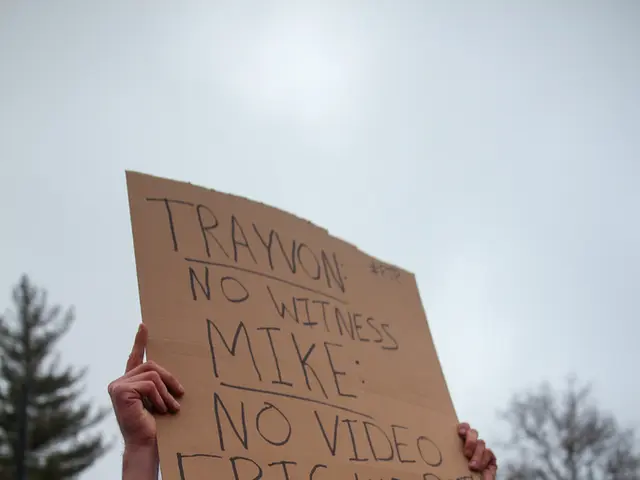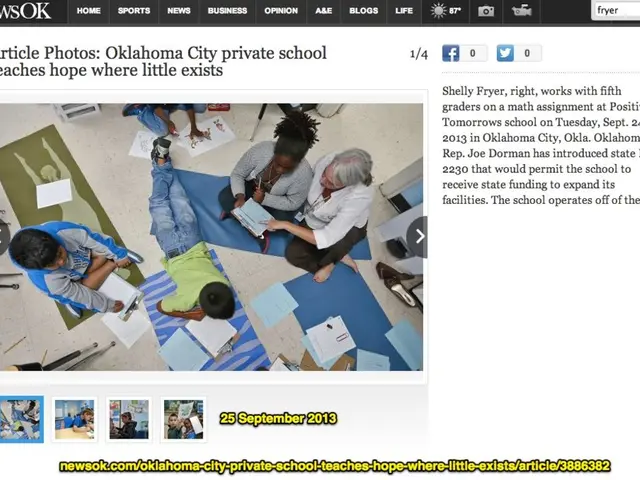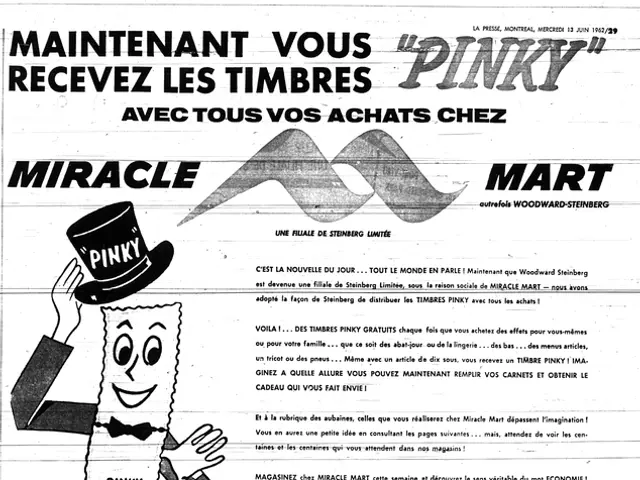Technology's Influence on Traditional Customs and Beliefs
In the modern era, technology has become a significant force in shaping cultural practices, revolutionizing the way we communicate, preserve our cultural heritage, and engage with social customs. This piece dives into the transformation of cultural practices in the digital age, focusing on the influence of social media, the impact on language and communication, the preservation and dissemination of cultural heritage, and the challenges that come with it.
The Evolution of Cultural Practices in the Digital Age
As society advances, so do our cultural practices. In the digital era, traditional practices adapt to the influence of technology and social media. Artists can now expose their creations to a global audience, increasing access to cultural content like never before. And people are becoming more interconnected, leading to a rich, diverse cultural landscape.
But it's not all sunshine and rainbows. The interconnectedness can also lead to the homogenization of some practices, with traditions becoming lost in the sea of digital content.
Social Media: A Catalyst for Cultural Sharing and Preservation
Platforms like Facebook, Instagram, and Twitter enable individuals to celebrate and share their cultural heritage with the world. But with influence and commodification comes controversy. Cultural appropriation and exploitation are concerns, as the line between appreciation and misuse can blur. Social media can also present an overly glamorized or curated version of cultural traditions, potentially diluting their authenticity.
Despite these challenges, social media has amplified and celebrated cultural traditions on a global scale. Marginalized communities have even used it as a platform to reclaim and celebrate their cultural practices, and to share their stories with a broader audience.
Technology's Effect on Language and Communication
The rise of digital communication, from email to video calls, has transformed the way we speak to one another. New forms of communication have arisen, such as emojis, memes, and internet slang. These innovations have contributed to the evolution of language in the digital age, leading to the creation of hybrid linguistic styles that reflect the interconnected nature of modern society.
Language learning apps and online resources make it easier for individuals to engage with different languages and dialects, yet face-to-face interaction and traditional forms of communication may suffer due to the widespread use of digital communication. Concerns also exist about machine translation and automated language processing leading to the loss of nuance and linguistic diversity.
Technology's Role in Preserving and Sharing Cultural Heritage
Digital archives, online repositories, and virtual tours revolutionize the way we access and engage with cultural heritage. They provide opportunities for individuals to document and share their own cultural heritage, creating a more holistic understanding of cultural traditions. From YouTube storytelling to podcasts, digital platforms offer a space for underrepresented voices to be heard.
As technology evolves, so do new opportunities for cultural preservation. Virtual reality technology, for example, may allow people to immerse themselves in cultural experiences that were previously inaccessible. Artificial intelligence could enhance language preservation and cross-cultural understanding.
But with these advantages come challenges - concerns about data security, ownership, and accessibility must be carefully considered.
Navigating the Challenges of Technology's Impact on Cultural Practices
As technology reshapes our cultural practices, it's important to address the potential threat of cultural homogenization. Marginalized communities may face barriers to accessing digital resources or be underrepresented in online spaces, further perpetuating marginalization. The commodification and misappropriation of cultural practices pose additional concerns.
But as we move forward, the potential for technology to empower communities in preserving their heritage and fostering cross-cultural understanding is immense.
In the future, diverse cultural traditions will be safeguarded while promoting inclusivity within digital spaces. Together, individuals, societies, and tech companies can work in tandem to ensure that technological advancements are used responsibly, fostering a culturally rich and inclusive world.
In the digital age, technology not only revolutionizes the way we share cultural traditions but also introduces new complications, such as the potential for homogenization and commodification of our cultural practices on social media platforms.
However, the digital realm also offers opportunities for underrepresented communities to reclaim and celebrate their cultural heritage, making it possible for diverse traditions to reach a global audience.








